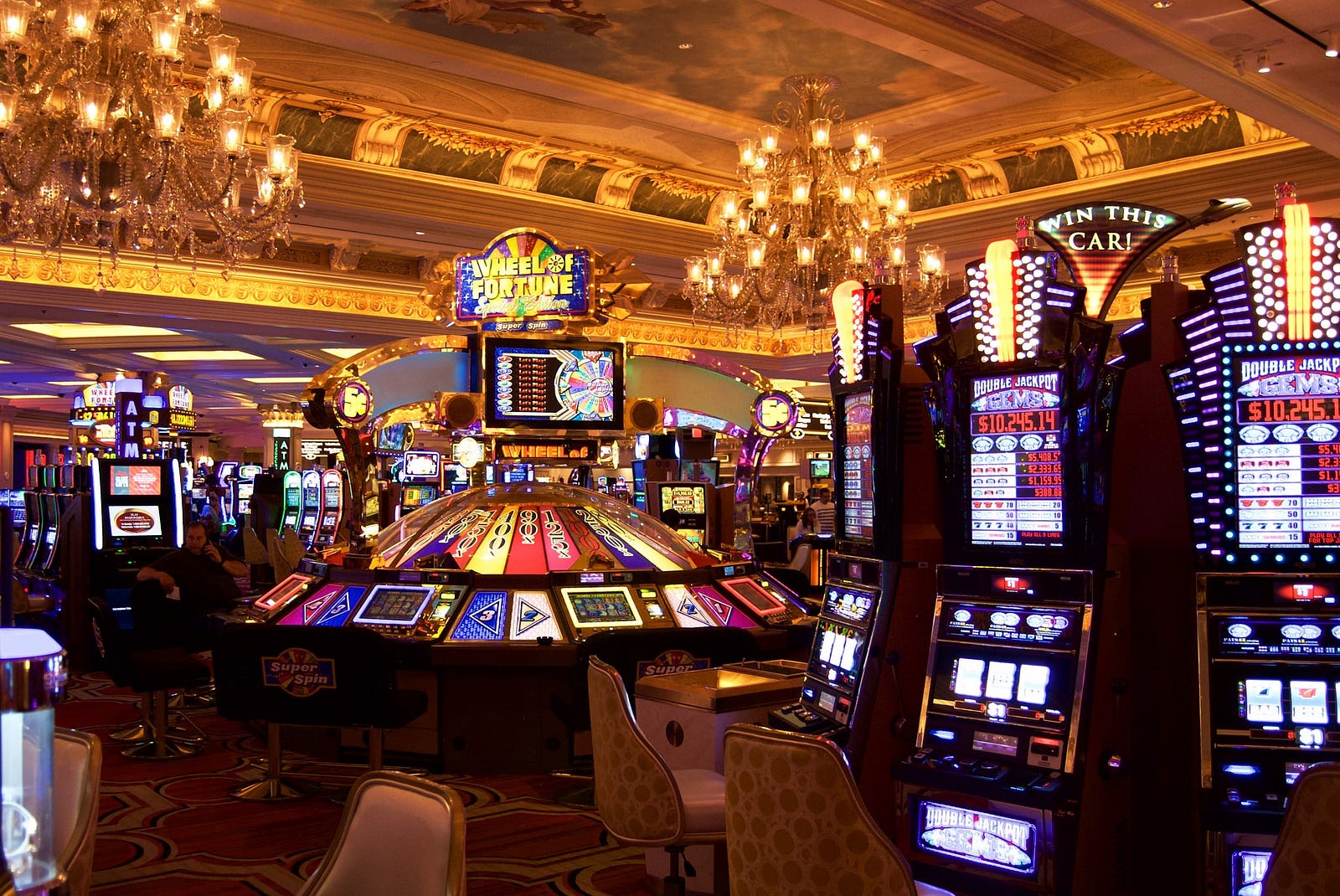The saga of fruit machines is a fascinating journey that mirrors the progress of recreation and wagering across the years. Beginning in their modest origins in the 1890s to becoming a staple in gaming halls around the planet, these games of chance have experienced remarkable transformations. Casino slots games have mesmerized players with their bright visuals, engaging storylines, and the hope of transformative prizes.
Originally created as analog instruments with turning drums and few images, slot machines have transformed into cutting-edge digital games that incorporate modern tech and dynamic components. Today, they draw in millions of players, each wanting to strike it lucky with just the pull of a handle or the press of a tap. Investigating the captivating history of these devices unveils not just the tale of a popular activity, but also a depiction of cultural shifts and tech developments over the years.
One of the Birth in Slot Machines
A tale of slot machines starts in the late 19th century, a time when machines were becoming popular in places of amusement. The first true slot machine was invented by Charles Fey in 1895, known as the Liberty Bell. It featured 3 spinning reels and 5 symbols: hearts, diamonds, spades, a horseshoe, and the famous Liberty Bell. Players would pull a lever to spin the reels, and if the symbols aligned in a particular combination, they would win a payout. Fey’s invention rapidly captured the attention of gamblers and paved the way for future developments in casino slots games.
As the concept of the slot machine gained popularity, various inventors sought to improve upon Fey’s design. By the dawn of the 1900s, slot machines were becoming a frequent presence in saloons and amusement parks. In 1907, the first electromechanical slot machine was launched by Herbert Mills, featuring a more intricate system of payout mechanisms and the renowned fruit symbols that are still associated with slots today. This evolution marked a significant shift in the gaming industry, as machines became more engaging and user-friendly, drawing in more players.
The popularity of slot machines continued to soar throughout the first half of the 20th century, leading to their extensive use in casinos across the United States. However, the rise of legal restrictions on gambling during the Great Depression presented challenges for the industry. Many machines were banned, but this did not halt innovators. Instead, they adjusted by creating machines that gave out candy or gum instead of cash prizes, effectively circumventing the restrictions while still offering the thrill of a casino slots game. This creativity kept the spirit of gambling intact, setting the stage for the future resurgence of slot machines in modern casinos.
Evolution of Slot Machine Technology

The story of gambling machines commenced in the closing 19th century with the debut of the early mechanical slot machines. Charles Fey, a West Coast engineer, presented the Liberty Bell in 1895, which included three rotating reels and five images: hearts, diamond shapes, spade symbols, a lucky horseshoe, and the bell symbol itself. This basic yet engaging appearance laid the foundation for the future of gambling slots, creating an instant attraction for gamblers looking for entertainment and a shot to gain.
As innovation progressed, so did the design and operations of slot machines. By the middle 20th era, electromechanical machines surfaced, adding electrical components to enhance gameplay and amplify payout opportunities. These improvements enabled for more complex features like multiple paylines and bigger jackpots. The gaming establishments adopted these developments, causing the growth of slot machines as a major source of revenue within the casino business, fundamentally altering the slots gaming experience.
The closing 20th and early 21st hundred years brought the digital revolution, resulting in the launch of digital slots. These machines changed out traditional reels with digital screens, allowing even more imagination in themes and gameplay systems. Gamblers could now experience immersive graphics and sound effects, along with involving bonus rounds. The transition to online casinos further revolutionized the gambling world, making slots accessible to a global market anytime and everywhere, thus marking a new era in the evolution of gambling device advancements.
The Social Influence of Gaming Machines
Slot machines have become more than just a form of entertainment; they have integrated into the essence of mainstream culture. Across movies and television shows to music and literature, these iconic gaming machines often act as emblems of luck and gambling. Films like The Casino and Ocean’s 11 notably highlight slots, depicting them as thrilling yet uncertain elements of the casino atmosphere. đá gà trực tuyến Their distinct attraction lies in the sound of coins clinking, the revolving reels, and the vibrant flashing lights, which in unison create an electric atmosphere that captures attention.
Moreover, slot machines have shaped social gatherings and events, making them a centerpiece in casinos and gaming venues. Numerous individuals do not just visit a casino to gamble; they go for the entire experience, which encompasses the social interactions and the vibrant ambiance surrounding these machines. Special tournaments and themed gaming nights centered around slots also highlight their popularity, fostering community engagement and shared experiences among players. This community aspect has contributed to the machines’ lasting popularity.
The evolution of technology has further changed this cultural impact. Digital and online slots have expanded access to these games far beyond the walls of physical casinos. Players can now get their favorite casino slots game from home or on the go, leading to the rise of virtual forums and forums where enthusiasts exchange strategies and experiences. The continuous innovation in game design and the integration of storytelling have kept the cultural significance of slot machines alive, attracting new generations of players while maintaining a tie to their historical roots.
